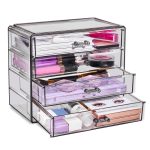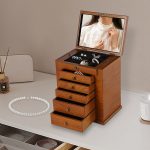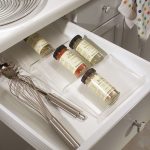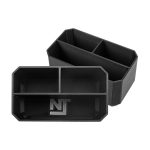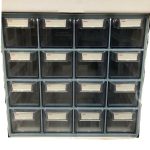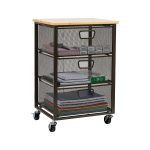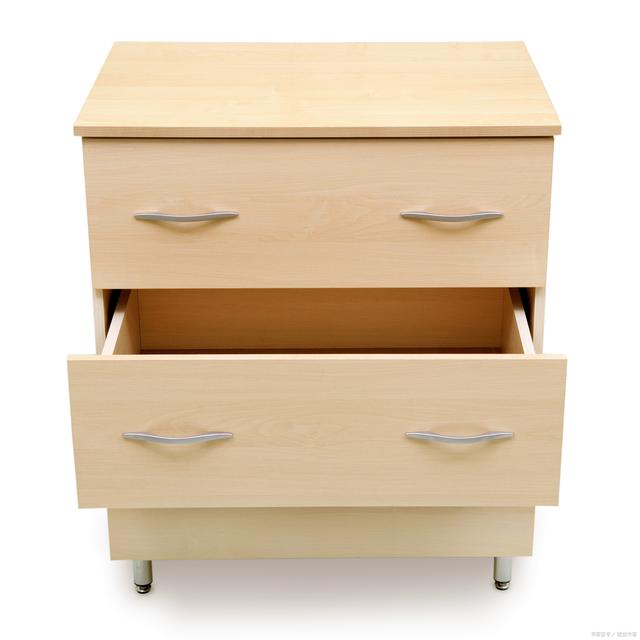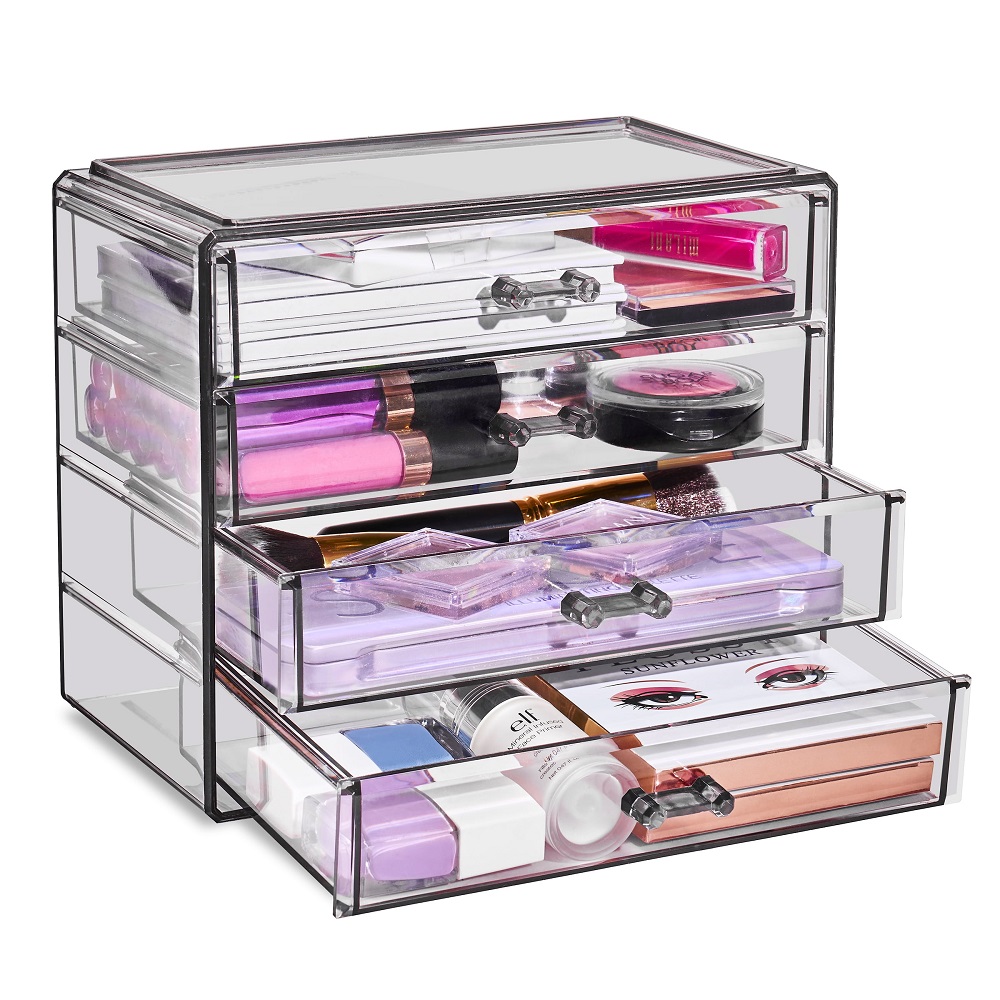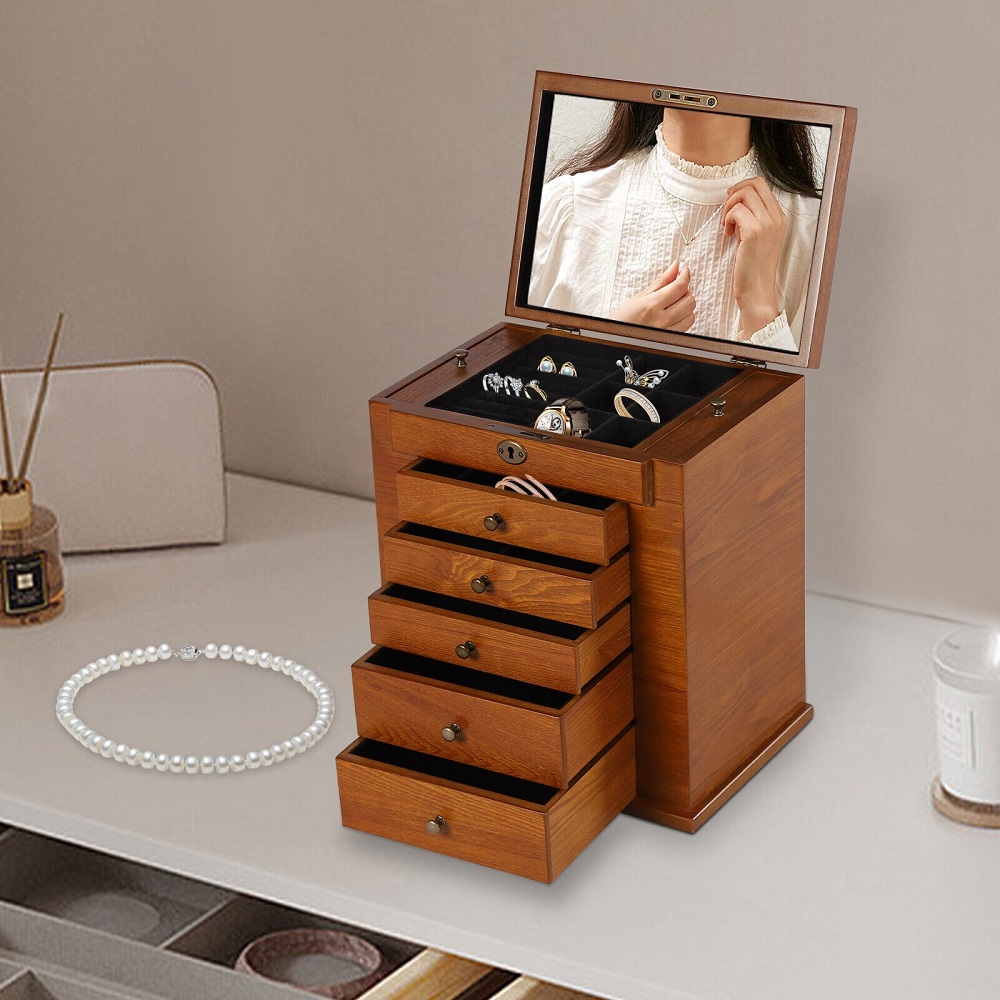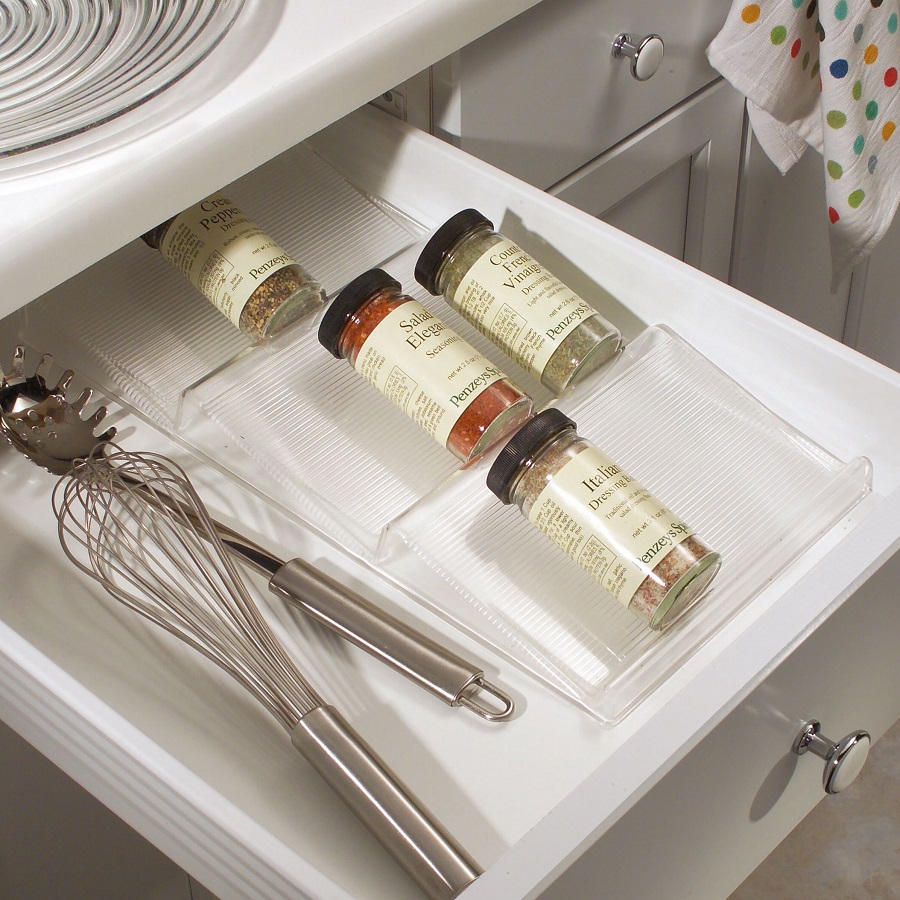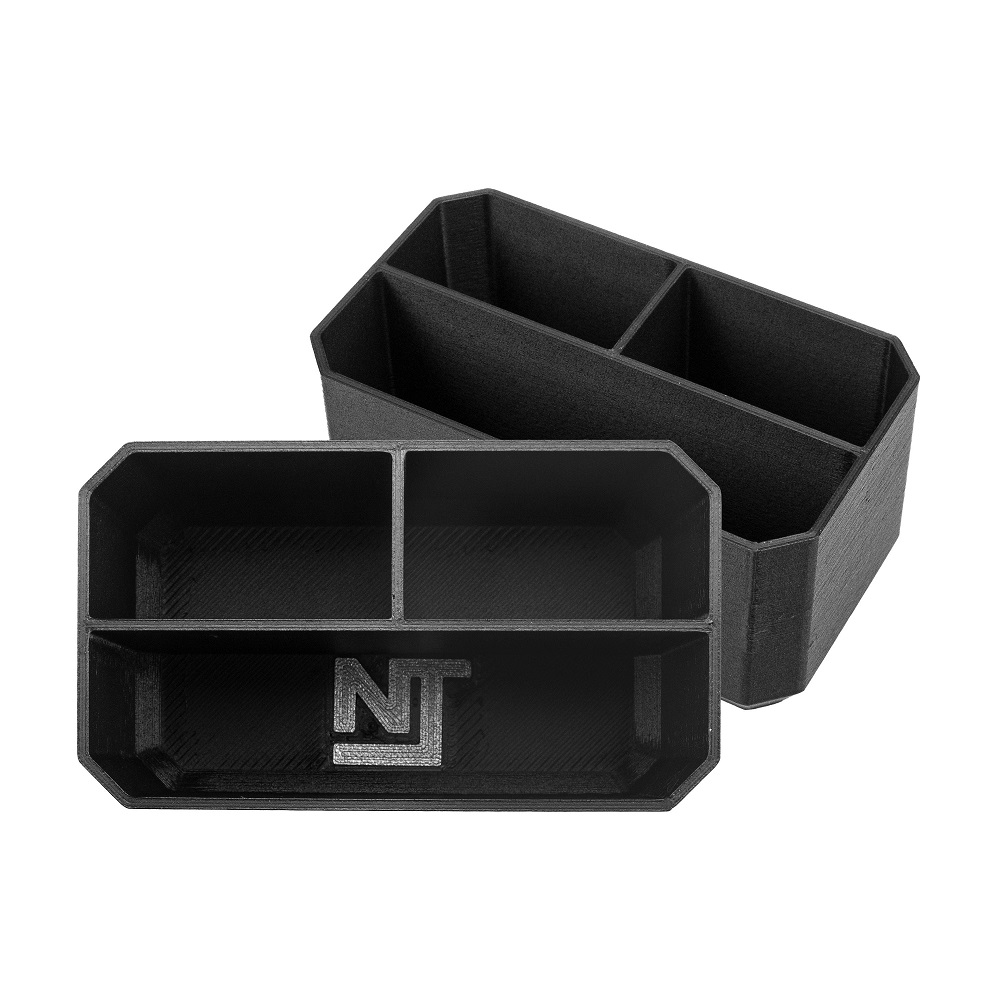In the realm of home organization and storage solutions, cabinets and drawers reign supreme as essential components of furniture design. Both offer distinct advantages and serve specific purposes in optimizing space and keeping clutter at bay. However, when it comes to selecting the right option for your needs, several factors must be considered. In this comprehensive guide, we delve into the storage showdown between cabinets and drawers, exploring their differences, functionalities, and suitability for various environments.

Understanding Cabinets: Versatile Storage Solutions
Cabinets: A Versatile Storage Solution
Cabinets are versatile storage solutions found in kitchens, bathrooms, living rooms, and bedrooms. They typically consist of enclosed spaces with doors that swing open or slide to reveal shelves or compartments within. Cabinets come in various styles, ranging from traditional to modern, and offer ample storage capacity for a wide range of items, including dishes, linens, clothing, and household essentials.
Advantages of Cabinets
- Concealed Storage: One of the primary advantages of cabinets is their ability to conceal clutter and maintain a tidy appearance. With doors that close securely, cabinets keep belongings out of sight, promoting a clean and organized environment.
- Customizable Configurations: Cabinets often feature adjustable shelves or removable dividers, allowing users to customize the interior layout to accommodate items of different sizes and shapes.
- Enhanced Protection: Items stored in cabinets are shielded from dust, moisture, and sunlight, helping to preserve their condition and extend their longevity.
Suitability for Different Spaces
- Kitchen Cabinets: Ideal for storing cookware, dinnerware, pantry staples, and small appliances, kitchen cabinets help streamline meal preparation and maintain an orderly culinary space.
- Bathroom Cabinets: From toiletries and towels to cleaning supplies and grooming essentials, bathroom cabinets provide convenient storage solutions for maintaining a clutter-free and functional environment.
- Bedroom Cabinets: Whether built into wardrobes or standalone units, bedroom cabinets offer storage for clothing, accessories, bedding, and personal items, helping to create a tranquil and organized retreat.

Exploring Drawers: Efficient and Accessible Storage
Drawers: Efficient Storage Solutions
Drawers are compact storage compartments that slide in and out of furniture units, offering easy access to their contents. Typically constructed of wood, metal, or plastic, drawers are commonly found in dressers, nightstands, desks, and kitchen islands. They provide efficient storage for a variety of items, including clothing, office supplies, utensils, and household odds and ends.
Advantages of Drawers
- Space Optimization: Drawers maximize space utilization by utilizing vertical storage and providing multiple layers of compartments within a single unit.
- Accessibility: With their smooth gliding mechanisms, drawers offer quick and convenient access to stored items, eliminating the need to rummage through cluttered shelves or cabinets.
- Organization: Drawers facilitate organization by allowing users to categorize and separate items within individual compartments, promoting a neat and orderly appearance.
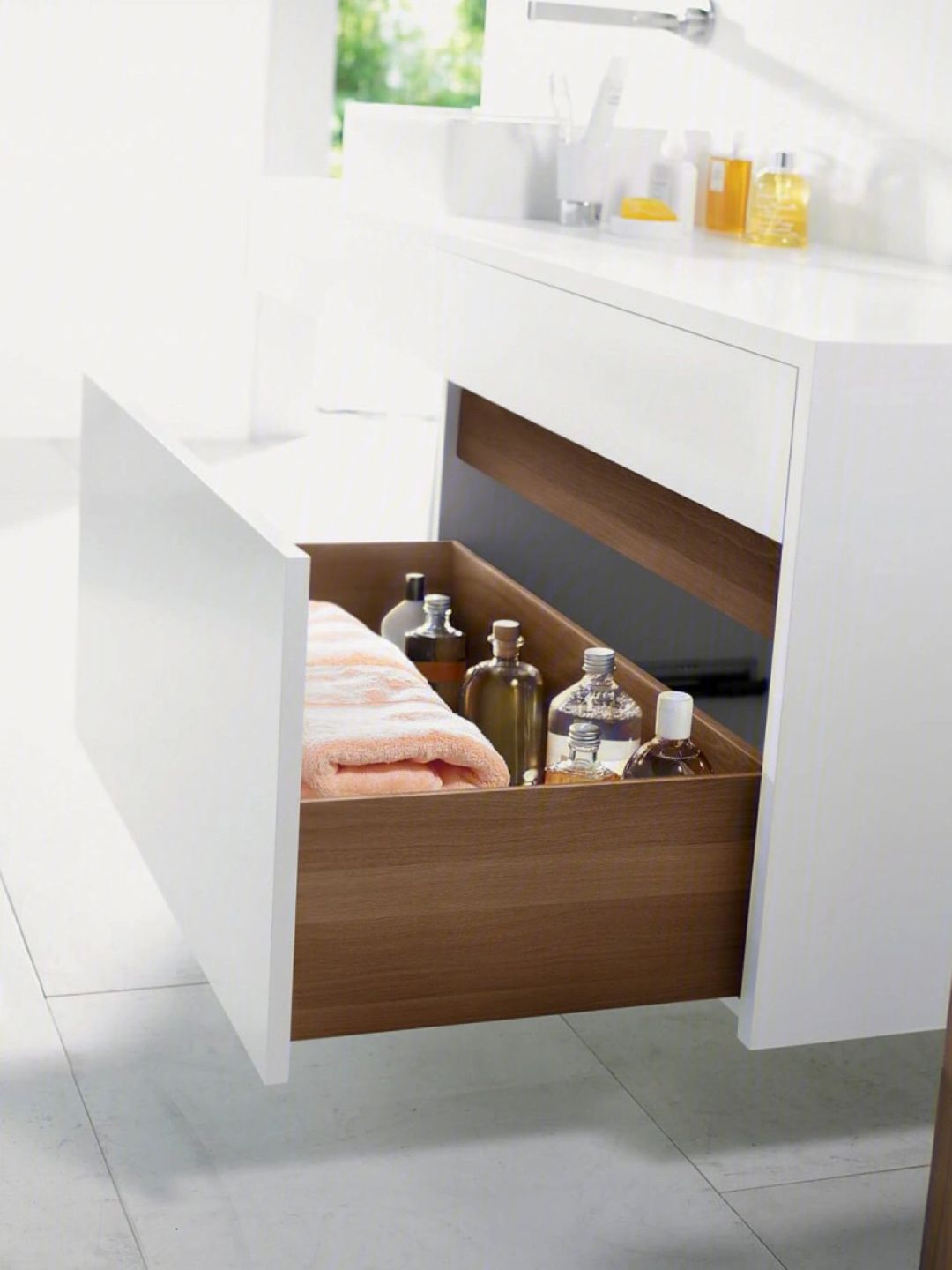
Suitability for Different Spaces
- Dresser Drawers: Essential for storing clothing, accessories, and personal belongings, dresser drawers offer an efficient solution for organizing garments and optimizing closet space.
- Desk Drawers: Ideal for storing office supplies, stationery, and documents, desk drawers help maintain a clutter-free workspace and enhance productivity.
- Kitchen Drawers: From utensils and cutlery to spices and kitchen gadgets, kitchen drawers provide convenient storage for culinary essentials, promoting efficient meal preparation and cooking.
Comparing Cabinets and Drawers: Key Considerations
Storage Capacity:
- Cabinets: Cabinets typically offer greater storage capacity than individual drawers, making them suitable for housing bulkier items or larger collections.
- Drawers: While drawers may have limited depth compared to cabinets, they excel in maximizing vertical space and providing efficient organization for smaller items.
Accessibility:
- Cabinets: Cabinets with swing-open doors may require additional clearance space to fully access their contents, whereas sliding doors or pull-out shelves can enhance accessibility.
- Drawers: Drawers offer unparalleled accessibility, allowing users to easily view and retrieve items without having to navigate around obstacles or reach into deep recesses.
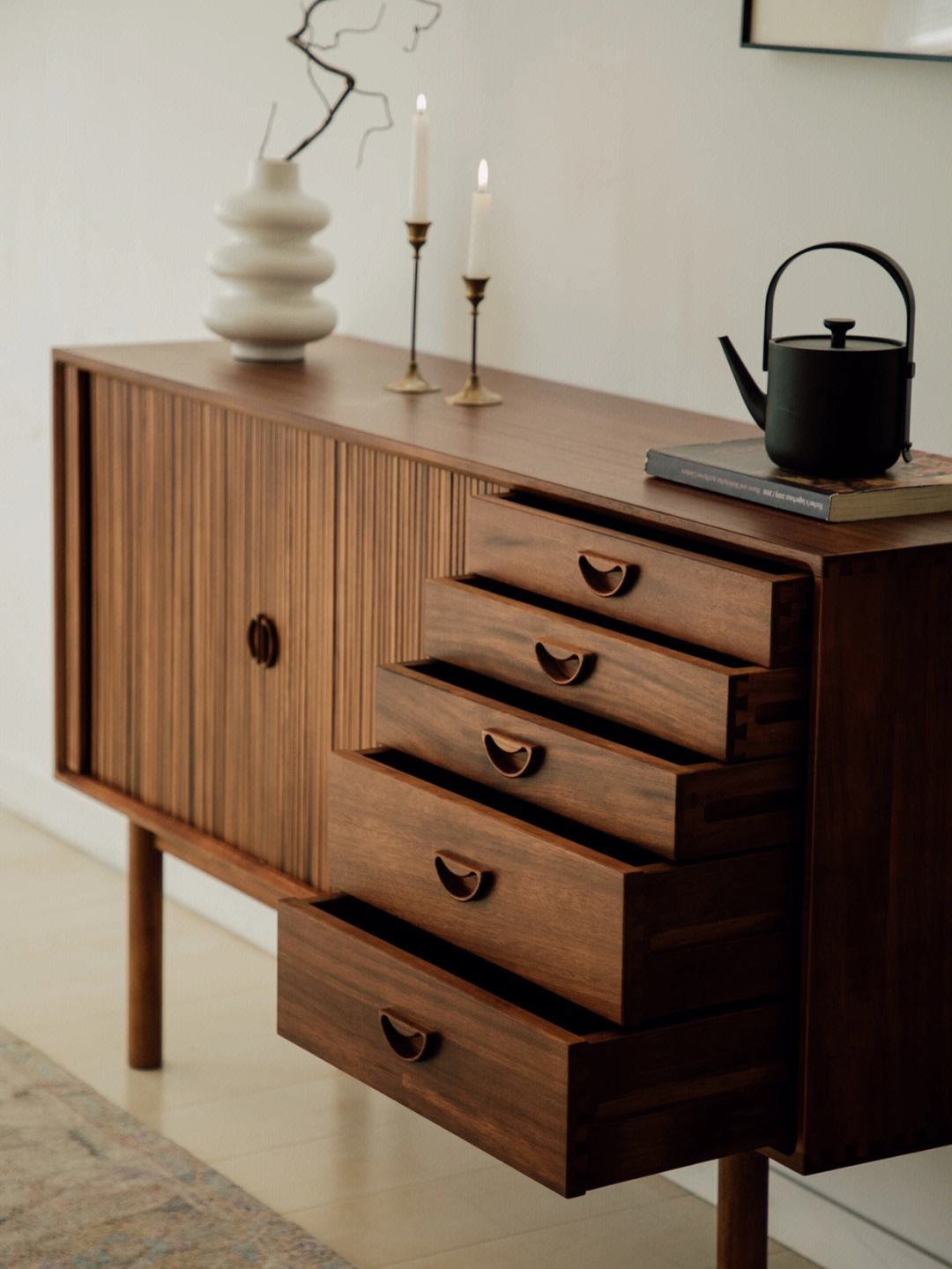
Organization:
- Cabinets: Cabinets with adjustable shelves or compartmentalized interiors offer flexibility in organizing items of varying sizes and shapes, but may require additional accessories for optimal organization.
- Drawers: Drawers inherently promote organization with their segmented compartments, making it easy to categorize and separate items for quick retrieval.
Visual Appeal:
- Cabinets: Cabinets contribute to the aesthetic appeal of a room with their front-facing doors and customizable finishes, serving as focal points or blending seamlessly into existing décor.
- Drawers: Drawers enhance the visual appeal of furniture units with their sleek profiles and seamless integration, lending a modern and streamlined look to interior spaces.
Maintenance and Durability:
- Cabinets: Cabinets are generally easier to clean and maintain compared to drawers. With their enclosed design, cabinets protect stored items from dust and debris, reducing the frequency of cleaning. Additionally, the sturdy construction of cabinets ensures long-term durability, with minimal risk of wear and tear.
- Drawers: Drawers may require more frequent cleaning due to their exposed compartments and surfaces. However, the smooth gliding mechanisms of quality drawer slides contribute to their durability and longevity, minimizing the need for repairs or replacements over time.

Cost Considerations:
- Cabinets: The cost of cabinets varies depending on factors such as materials, size, and design complexity. Custom-built cabinets tend to be more expensive than prefabricated options, but they offer greater flexibility in terms of configuration and style.
- Drawers: Drawers are often included as standard features in furniture units such as dressers, nightstands, and desks. While the cost of furniture with drawers may be higher than those without, the added functionality and storage capacity justify the investment for many homeowners.
Space Constraints and Layout:
- Cabinets: Cabinets are suitable for rooms with ample floor space and vertical clearance, as they require sufficient room for door swing or sliding mechanisms. However, wall-mounted cabinets are available for areas with limited floor space, offering vertical storage solutions without encroaching on valuable square footage.
- Drawers: Drawers are versatile storage solutions that can be integrated into furniture units of various sizes and configurations. Their compact design makes them well-suited for rooms with limited space, such as small bedrooms, home offices, or apartments where maximizing storage capacity is essential.
Aesthetic Considerations:
- Cabinets: Cabinets contribute to the overall aesthetic of a room with their visible front-facing doors and customizable finishes. Whether showcasing sleek modern designs or traditional craftsmanship, cabinets can enhance the visual appeal of interior spaces and complement existing décor themes.
- Drawers: Drawers offer a seamless and minimalist aesthetic, with their smooth surfaces and concealed compartments blending seamlessly into furniture units. Drawer fronts can be customized with decorative hardware or integrated handles to add visual interest while maintaining a cohesive design aesthetic.
Choosing the Right Storage Solution for Your Needs
When deciding between cabinets and drawers for your storage needs, consider the specific requirements of your space, as well as the items you intend to store. Cabinets are ideal for concealing clutter and accommodating bulkier items, while drawers excel in maximizing vertical space and providing efficient organization for smaller items. Ultimately, the right choice depends on your preferences, lifestyle, and the functional requirements of your environment. Whether you opt for the concealed storage of cabinets or the efficient accessibility of drawers, investing in quality storage solutions will enhance the organization, functionality, and aesthetic appeal of your home.
